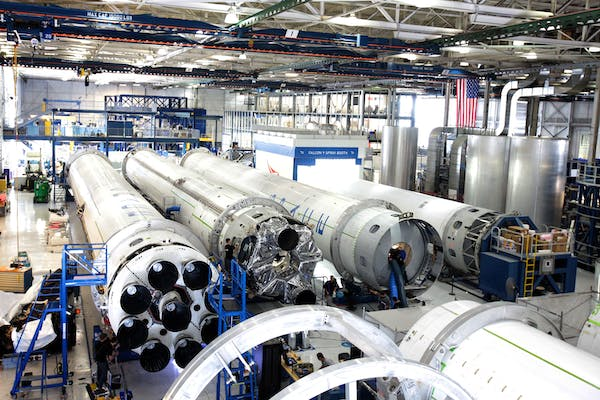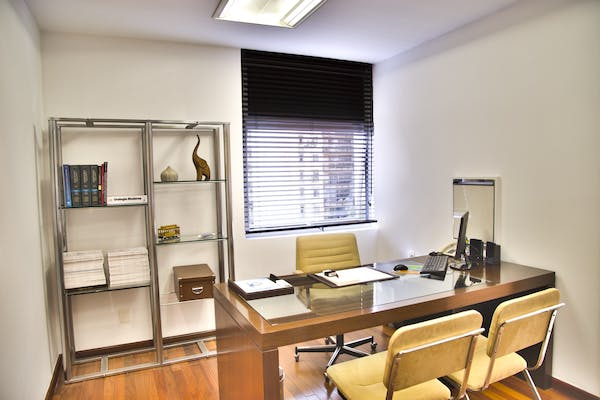Running a laboratory is already a major undertaking that requires extreme supervision for safety purposes. However, the true danger comes in what you can’t readily see. Low or high humidity can end up doing equal damage to your own lab as any safety error.
Without a humidification solution available, low relative humidity can end up causing major damage to expensive equipment you use every day. Keep in mind tools like spectrometers, scanning equipment, and electronic microscopes sometimes cost thousands of dollars to replace. You don’t want a humidity problem ruining these tools and placing you behind on major deadlines.
Since you likely operate on a strict budget and need to send accurate test results to clients, it’s time to investigate any humidity issues. Unfortunately, you may see signs of this in your employees before it starts to affect equipment.
So what kind of damage might you see in your lab? First, you need to know why humidity causes problems in the first place.
What Could Cause Humidity to Develop on Equipment?
Something as simple as a sudden rise in air temperature can instantly cause condensation to develop on the surface of lab tools. This typically happens during power cuts or when shutting down the air conditioning in your facility. Sometimes all it takes is a brief interval during startup of your HVAC system to create an extreme humidity fluctuation.
When you get condensation building up on microcircuitry, you’ll start to notice inaccurate readings and sudden breakdowns. With false readings, you place your entire reputation on the line. A breakdown in equipment means continual maintenance that could put a dent in your budget, as well as putting you behind schedule.
For most lab equipment, a relative humidity of 40% to 50% is usually desirable to keep things working. Using a humidifier with automated control settings, you’ll maintain RH every day without having to worry about manual control.
However, what else can a humidifier do to prevent problems? Condensation on equipment isn’t the only challenge you may face.
Static Electricity
When the air in your lab becomes overly dry during the winter, you may encounter static electricity in various areas. Maybe you consider this unimportant if employees get little static shocks touching doorknobs or random metal items. Once it starts to affect lab equipment, things can get serious.
Various appliances you use for lab testing could become damaged from electrical shocks. Not only that, it starts to become dangerous if your employees do exacting scientific work on metal objects and experience shocks while doing critical tasks.
Hydrated Wooden Furniture
You may depend on wooden furniture to set lab equipment on during work days. Not controlling your humidity could result in the wood buckling, warping, or separating, which could cause immediate damage.
A wooden table, for instance, could end up collapsing while supporting an expensive lab apparatus. If you have wooden floors in your lab, the same thing could happen, resulting in downtime because employees can’t safely move around the floor space.
The Health of Your Lab Workers
Low humidity levels drastically affect the health of people, and it could mean your entire workforce getting bronchial illnesses just because you didn’t use humidifying systems.
It’s not easy to fill scientific positions when your best talent is out sick. They can end up catching the flu without better controlling your humidity, not including suffering through nasal and related bronchial problems.
Not amending this could lead to so much employee frustration, you’ll start experiencing turnover and chaos in losing your best lab talent.
Contact us at Smart Fog where we’ve become a leader in bringing innovative technology to our humidifiers. Designed for the lab and countless other industries, you won’t find better humidifying equipment to protect yourself.





